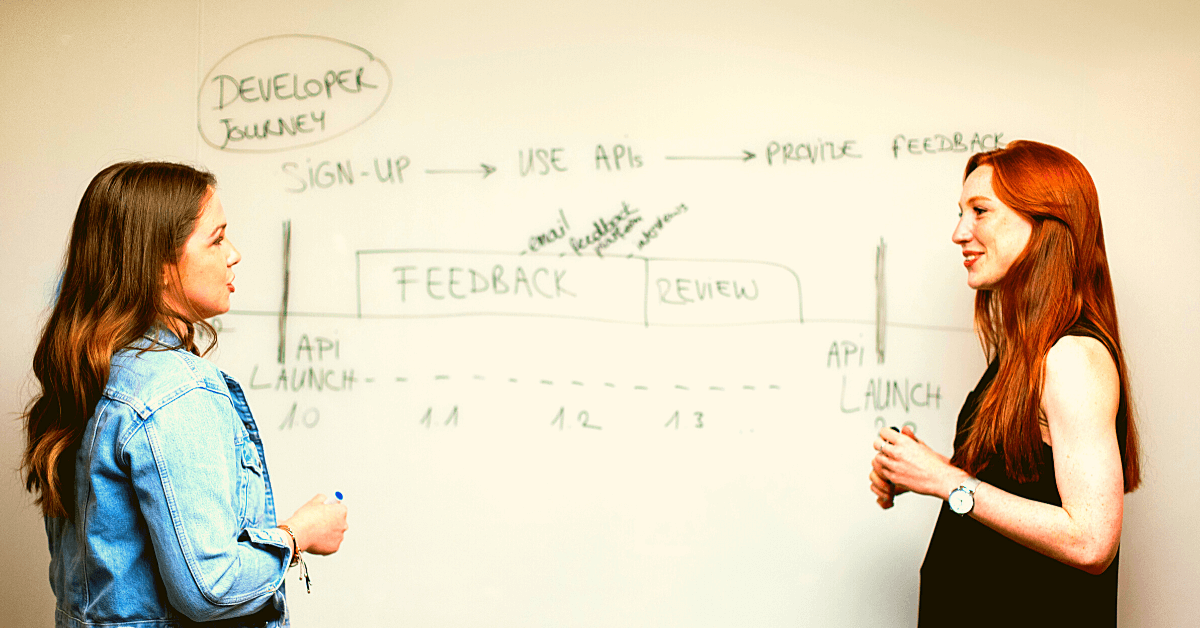The people of any organization are a formidable resource that needs to be understood and nurtured for them to deliver what is expected of them. One of the biggest challenges that managers face is keeping their team engaged. Employee Engagement is a huge opportunity to gain long-term commitment from the team. It is also being increasingly accepted that improving employee engagement post onboarding can significantly improve company performance in a number of key areas, such as profitability, productivity, customer satisfaction, innovation, turnover, and well-being.
Besides financial burdens, employee turnover puts a ceiling on the quality of the workforce within any organization. The reason is that companies with higher turnover have fewer employees with institutional knowledge. Due to the churn, the company has fewer employees with an important mix of skills, talent, and knowledge about the functioning of the organization, all critical factors for a business to thrive.
7 Ways to Boost Employee Engagement Post Onboarding
- Business Commitment For Employee Engagement
- Brainstorming Sessions
- Celebrating Diversity
- One-On-One Meetings
- Conducting Frequent Training and Development Sessions
- Rewards and Recognition
- Social Gatherings
1. Business Commitment For Employee Engagement
This initiative is typically suitable for a new employee so that he/she is not overwhelmed by joining a new organization and left to fend for themself. Having a well-planned mentorship program will ensure that the new joiner is moves in the right direction. An older employee can be appointed as a mentor.
The benefits of having a mentor will include the new employee learning the ropes faster while on the job rather than in a long, boring orientation lecture. When a new employee is in doubt or trouble, they will find it easier to approach the mentor than go straight away to the manager. Of course, it can be made fun for the person taking on the task of mentoring by offering some kind of incentive to take up the initiative.
2. Brainstorming Sessions
Brainstorming Sessions are the best and most effective way to generate new ideas. Although, many times, it may not lead to any productive idea coming forth, it’s a great way for a team to bond and work collaboratively. Brainstorming has several advantages, such as
- Encourages critical and out-of-the-box thinking
- Helps in team building
- Encourages all employees to participate
- Brings forth diverse ideas
3. Celebrating Diversity
Cities are today cosmopolitan, and work encourages people to move cities, countries, and so on. Therefore, it is common in many organizations to find an interesting mix of people of varying descent, race, and ethnicity. There is no better way to celebrate Diversity than Ethnic Day. This day is an opportunity for employees to showcase their backgrounds and for others to learn interesting facts about various practices, costumes, cuisine, and so on.
4. One-On-One Meetings
A one-on-one meeting is one of the most crucial forms of communication for an employee. Even though it may be time-consuming, the return on investment is huge. Considering that a substantial amount of today’s workforce is working remotely, it is even more essential.
Working remotely often brings about a feeling of isolation and being cut off, which could prove detrimental to the quality of work put in by an employee. However, these one-on-one meetings serve as check-in points and give the employees an inclusive feeling. They also serve for discussion of any work-related issues, suggestions, or complaints pertinent to every individual. These meetings should be conducted regularly and in an informal manner to bring out the best outcome.
5. Conducting Frequent Training and Development Sessions
Throughout their career, every employee will face new challenges in the form of technology or concepts or both. It, therefore, becomes extremely essential to conduct training sessions regularly to keep employees abreast of the latest developments. This boosts their morale and self-confidence in taking on new challenges.
6. Rewards and Recognition
Rewards and recognition are the high points of any employee’s career. Giving rewards for goals achieved or targets met is a great, terrific way of recognizing an employee’s effort. Similarly, recognition and acknowledgement for a job well done or of an employee who has been particularly considerate and stepped up to help another at a tough time are all praiseworthy. Rewards need not necessarily be monetary or overly expensive gifts. They could be tokens of appreciation, such as opting for the learning of their choice at subsidized rates or half a day off or such.
7. Social Gatherings
A social gathering does not essentially refer to a party in today’s setup. It could mean conducting various fun and meaningful activities for the teams, such as cookery competitions, book reading or showcasing talent. These activities can be conducted online as well, keeping in mind remote teams too. These activities could involve family members and will give employees an opportunity to get to know and appreciate each other better. This will do wonders for team building.
Conclusion
Moving from theory to practice in any field poses a very big challenge. Though employee engagement has been a trend in the previous decades, the level of employee engagement has hardly changed. Only 15% of workers are engaged at work globally.
Committing to taking action is pivotal in ensuring higher productivity and retention rates. Employee engagement is an organizational effort that requires long-term vision in a business strategy context.
Employee engagement, when aligned with the business strategy of the organization, can yield great results. A well-thought-out and customized employee engagement program post-onboarding will define and achieve the desired results of keeping the organization ahead of its competitors.




